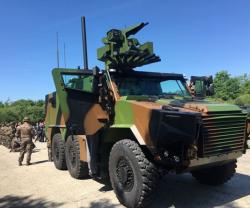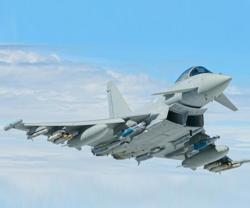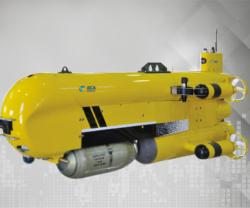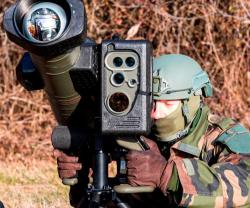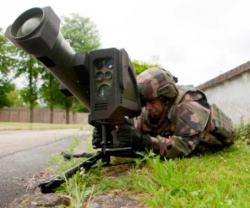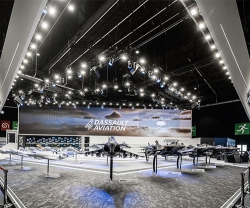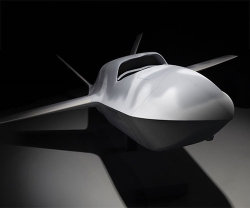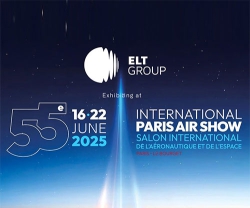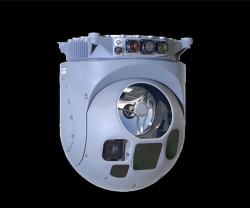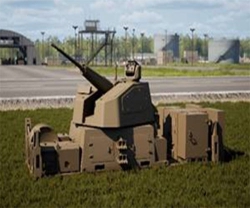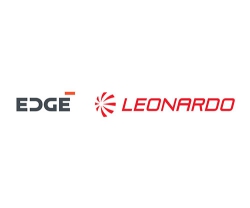As expected, sales dropped to a low EUR 2.4 billion in 2014, reflecting the budgetary cuts that MBDA’s domestic countries have been carrying out over several years. Moving on from 2015, this figure should see a significant rise as an effect of the exceptional level of orders received over the last two years. At EUR 12.6 billion at year end 2014, the order book now represents more than four years of activity at current levels and will allow MBDA to return to growth in the mid-term.
“We owe these good export results to an excellent product range that meets all the guided weapons requirements of the armed forces, a product range that has been widened significantly over recent years thanks to the support provided by our domestic customers”, stated Antoine Bouvier (photo), CEO of MBDA.
“Thanks to its integrated organization and its partnering approach, MBDA has been able to better manage the limited resources of its domestic customers while at the same time preserving the industrial capabilities necessary for them to guarantee their long-term sovereignty in terms of military strength,” Bouvier added.
“In this respect, 2014 saw the significant re-launch of such a cooperation with the notification of the demonstration and manufacture contract for the Anglo-French, helicopter-launched FASGW (H)/ANL [Future Anti Surface Guided Weapon (Heavy)/Anti Navire Léger] anti-ship missile. Last year, France and Italy gave the go ahead for OCCAR, the European intergovernmental Organization for Joint Armement Cooperation to negotiate the launch of the development phase for Aster Block 1NT, the next generation Aster anti-missile missile, which we hope will be notified during 2015”.
“2014 also saw important advances being made with our key programs. The MdCN naval cruise missile successfully completed its final qualification firing. The land combat missile, MMP, carried out its first firings. Increasingly complex firings served to demonstrate the maturity of Aster in service with the armed forces. Contractual obligations within the development program for MEADS, the extended air defense system, were concluded through demonstrations of both the system and its MFCR multi-function radar. Good progress with the Sea Ceptor naval anti-air missile system allowed MBDA to launch studies on the ground variant known as FLAADS Land. Finally, with the integration of MBDA’s Storm Shadow, Brimstone and Taurus missiles starting on the Eurofighter Typhoon, new export opportunities are being opened up for our air-to-ground weapon systems”.
“On the industrial front, 2014 saw MBDA increasing the range of its activities with the setting up of a complex munitions demilitarization facility. This added capability is in response to the growing need of our military customers to assure the safe handling of their complex weaponry at life end. With this development, MBDA has reaffirmed its commitment to being a global player in the missile supply chain with the ability to deal with whatever needs its military customer base might have with regard to missiles”.
“In 2015, structural decisions are expected throughout the missile supply chain in several European countries, particularly in the extended anti-air defense and anti-missile sector. With Aster Block 1NT and MEADS, MBDA has excellent products ideally adapted to the structure of Europe’s Armed Forces and the threats they face. A positive decision in this area will be decisive in re-launching cooperation and rationalization within the European defense industry and in the consolidation of the sovereign capabilities of our domestic countries,” Bouvier concluded.


